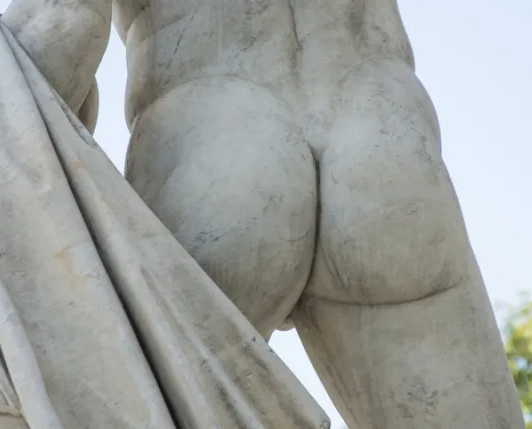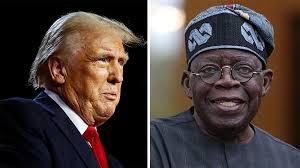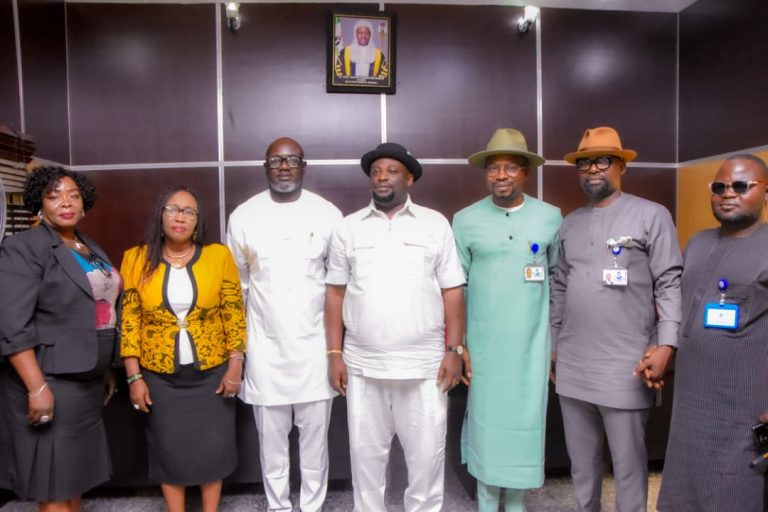
Science has researched the ideal butt size.
The result of the study appeared in the journal Plastic and Reconstructive Surgery.
The aim of the study was to help doctors better understand the “ideal” buttocks before reshaping them.
Revealing the findings, lead author Ashit Patel notes that more and more men are going under the knife for cosmetic enhancements, including gluteal contouring.
“But while previous studies have evaluated the features of attractive female buttocks, no one has really studied the aesthetic of the ideal male buttocks,” he said.
To right this wrong, Mr Patel and his team launched an online survey asking participants to judge a line-up of increasingly pert, peachy and digitally-enhanced backsides from three different angles to determine which features were deemed most attractive.

Five sets of buttocks were created by altering three specific characteristics – thigh to buttock ratio (basically how much it sticks out), the oblique projection angle (the angle between the butt crack and the front edge of the buttock) and the gluteal trochanteric index (the height versus the width of the bum).

Low

Low-to-moderate

Moderate

Moderate- to-high

High
More than 2,000 people signed up to take part using Amazon’s Mechanical Turk crowdsourcing platform – 61% of respondents were men and more than half were aged 25 to 34. They were also asked to provide information on demographic characteristics, sexual orientation and geographic location.
Mr Patel and his team then crunched the numbers to find that the most popular bum for men is the moderate bum.
According to the results, overall the ideal male bottom is “moderately enhanced and well-proportioned with respect to specific anatomical landmarks.”

The ideal male bum
From the side, participants preferred the “moderate” ratio of 1.18, and for the bum crack-buttock angle they also voted for a moderate 60 degrees.
Only the rear view diverted slightly from the medium, with a low-to-moderate ratio of 0.66 favoured.
Results did vary slightly depending on age – younger respondents preferred a more pronounced, perkier buttock – weight, race and location, although interestingly there appears no significant differences in favoured bum shape between genders.
There were slight differences in preference for the side and oblique view between gay, bisexual and heterosexual participants, but no significant difference in preferences for the posterior view.
Sadly, many of the participants also expressed an interest in undergoing surgery themselves.
The authors of the study wrote: “Much like their female counterparts, men similarly face societal pressure to attain a specific aesthetic standard from a young age. Many action figures and superheroes, such as G.I. Joe and Superman, are hypermasculine, and newer editions have grown in muscular size.
“In addition, men are constantly exposed to muscular male images in the media. Collectively, these agents of socialisation set the standard of expectation for what men should appear like.
“Studies show that men have a preoccupation with a lean, muscular body type. This aligns with our study results wherein, ‘appearing better in clothing’ and ‘appearing better unclothed’ were the top reasons respondents were interested in gluteal augmentation.”
Gay male participants reported the lowest buttock satisfaction score compared to heterosexual respondents, while bisexual and gay male respondents demonstrated the most interest in plastic surgery.







